Celebrating Impact in 2025
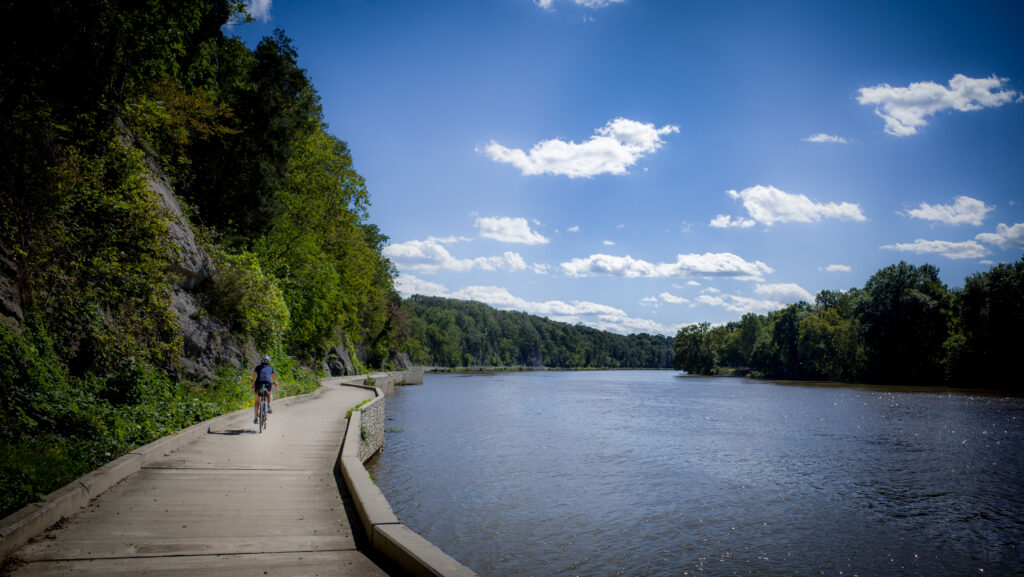
Top photo credit: Erik Wang
Georgetown Invasive Species Removal Event
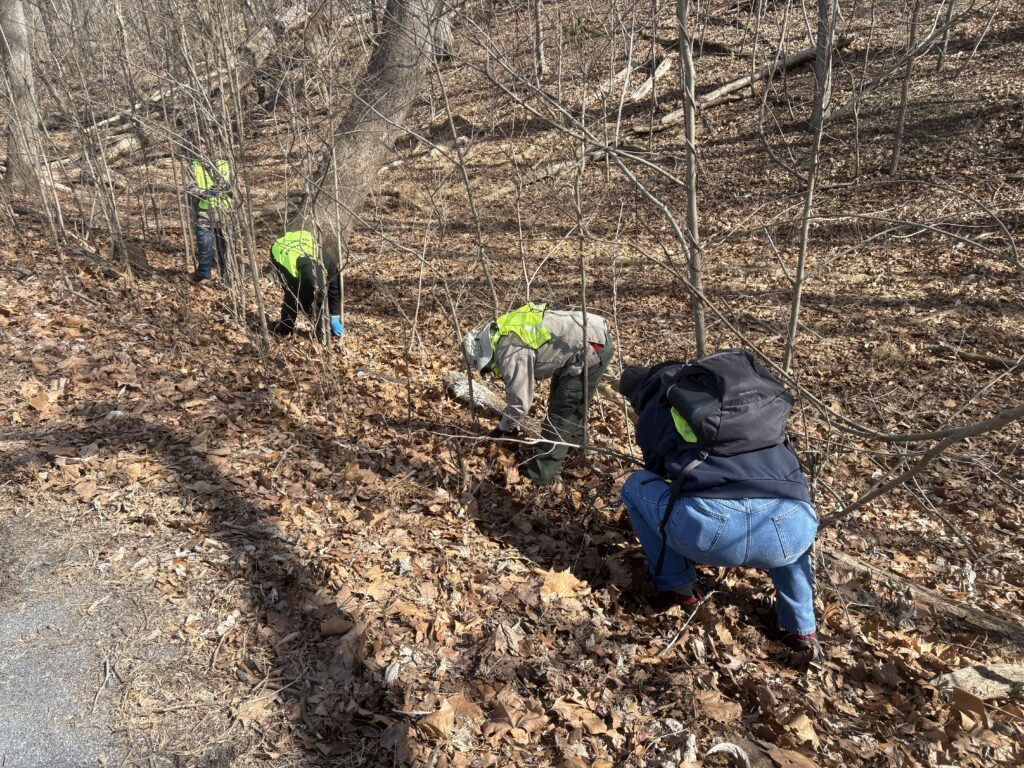
Please enable JavaScript in your browser to complete this form.First Name *Last Name *Group/Organization (If applicable) Address *Address Line 1Address Line 2City— Select state —AlabamaAlaskaArizonaArkansasCaliforniaColoradoConnecticutDelawareDistrict of ColumbiaFloridaGeorgiaHawaiiIdahoIllinoisIndianaIowaKansasKentuckyLouisianaMaineMarylandMassachusettsMichiganMinnesotaMississippiMissouriMontanaNebraskaNevadaNew HampshireNew JerseyNew MexicoNew […]
On the C&O Canal Migration Flyway

A Prothonotary Warbler captured near Violettes Lock by Greg Humes While the C&O Canal was spared from becoming a motor highway, it now plays a vital role as a major […]
Canal Community Story – Tim Stevens
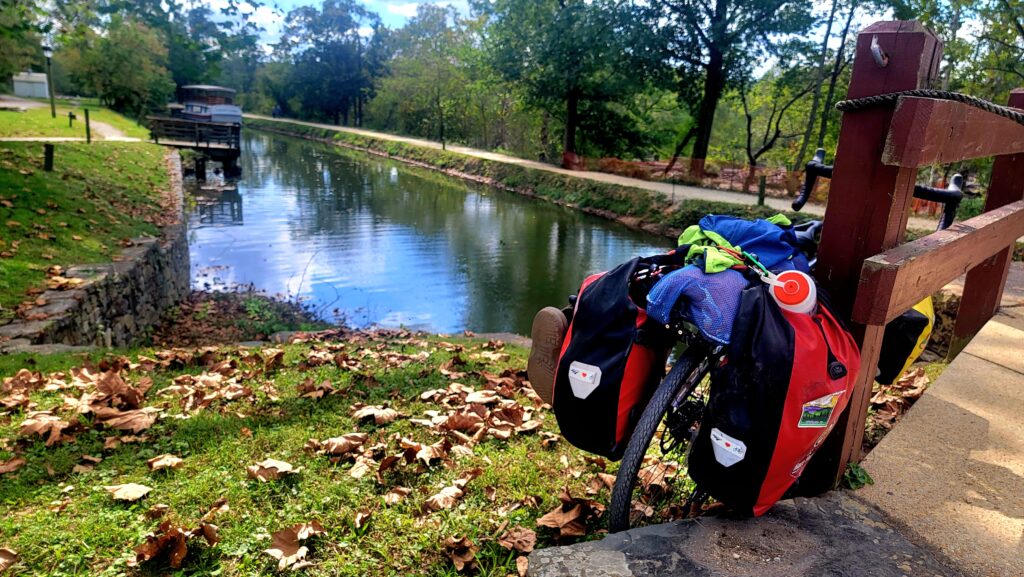
Celebrate your love for the C&O Canal by sharing your personal story about the Park. Each story will take a look at a person’s relationship with the C&O Canal. Whether […]
C&O Canal National Historical Park during the Government Shutdown
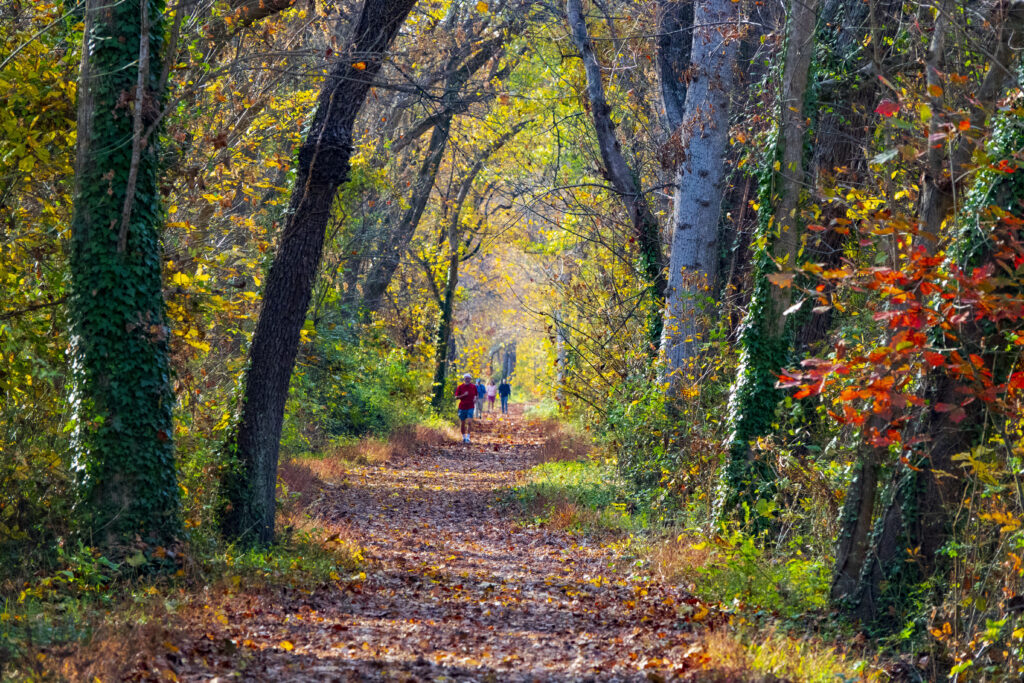
The federal government shutdown has lasted over one whole month. During this time, the National Park Service has been unable to operate as normal, and there will be an impact […]
Carrying Forward a Legacy: Friends of Historic Great Falls Tavern Mission to Continue Through the C&O Canal Trust
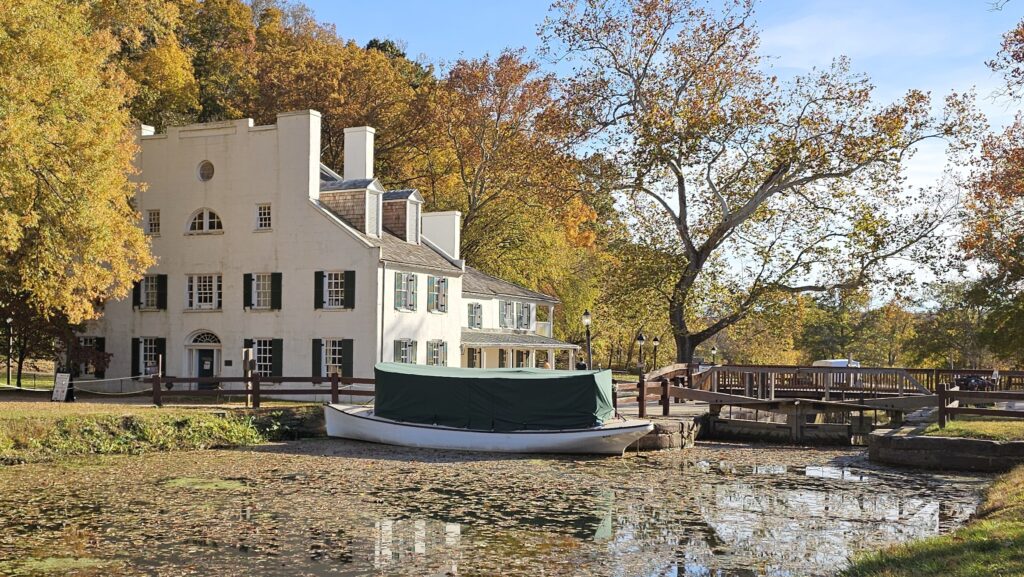
For more than 51 years, the Friends of Historic Great Falls Tavern have been a cherished part of the C&O Canal National Historical Park community. From raising funds and recruiting […]
Trust Raises Nearly $200,000 at Park After Dark 2025
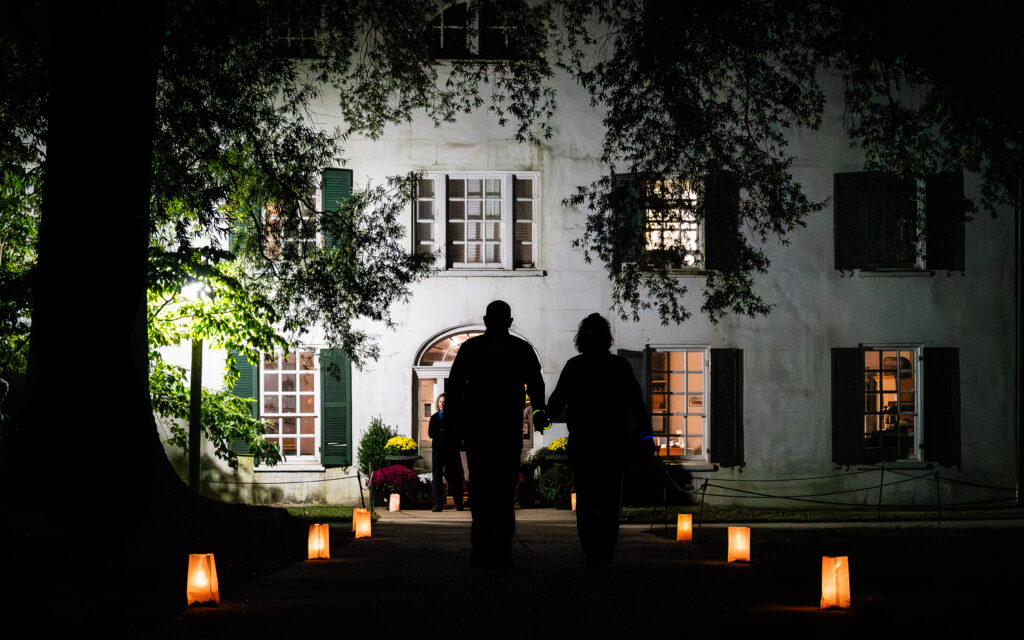
On September 20, 2025, the C&O Canal Trust and the National Park Service welcomed over 200 members of our canal community to the lawn of the historic Great Falls Tavern […]
Park After Dark 2025 Gallery
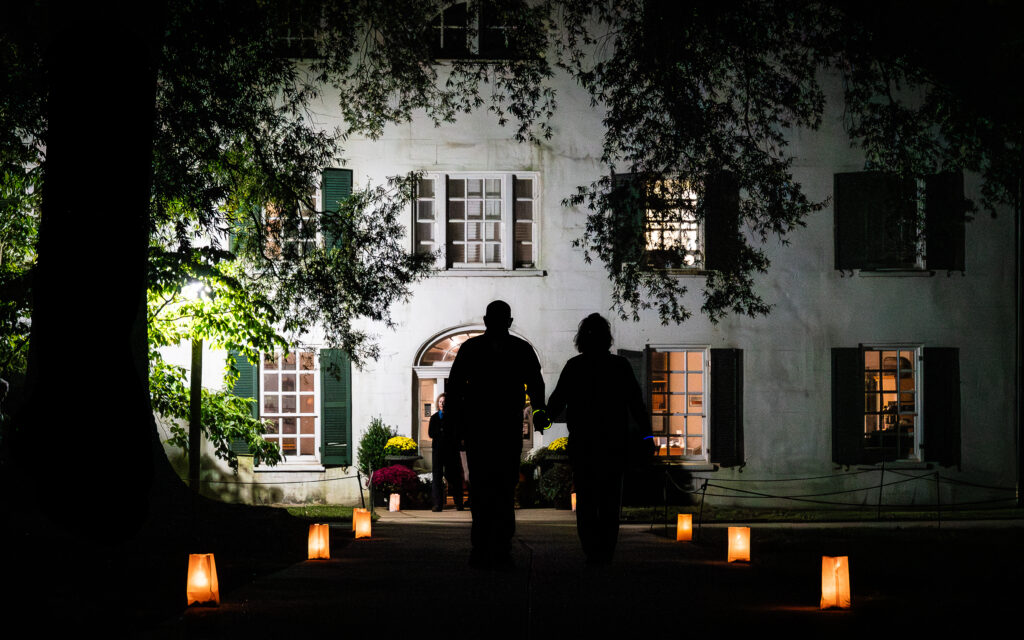
Photos by Tony Brooks Photography
Volunteer with the Trust
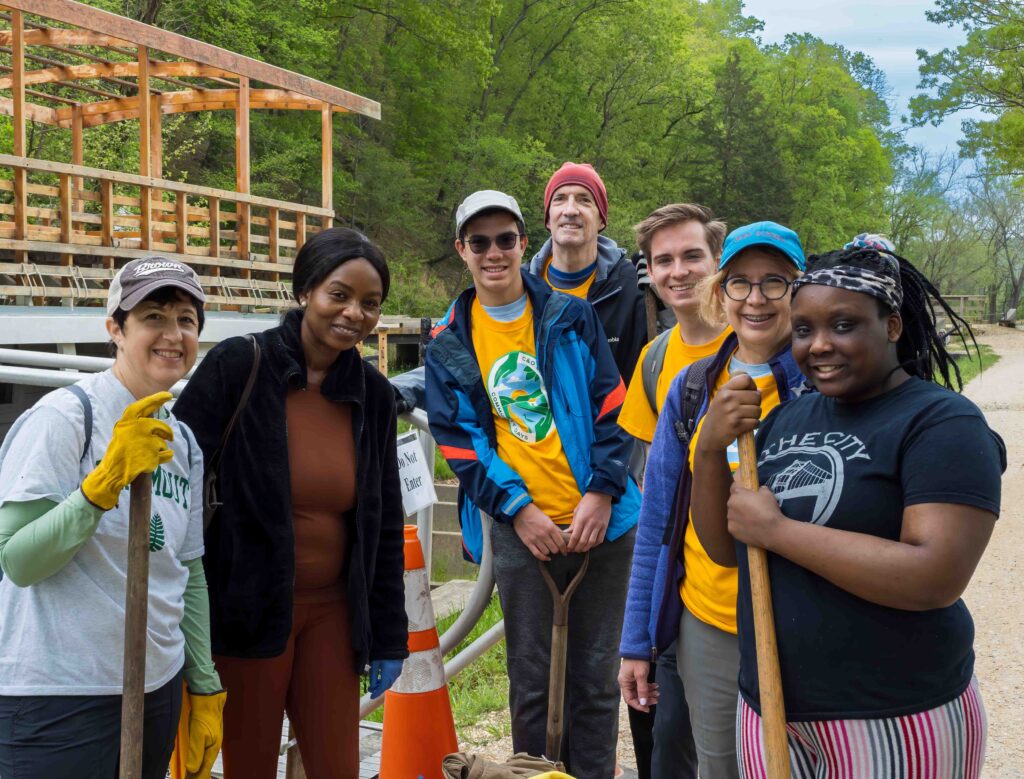
Please enable JavaScript in your browser to complete this form.How would you like to volunteer? * Corporate and Nonprofit Stewardship Canal Stewards Interest Application School and Youth Organization Opportunities Full […]
Canal Community Story – Jenn Taylor
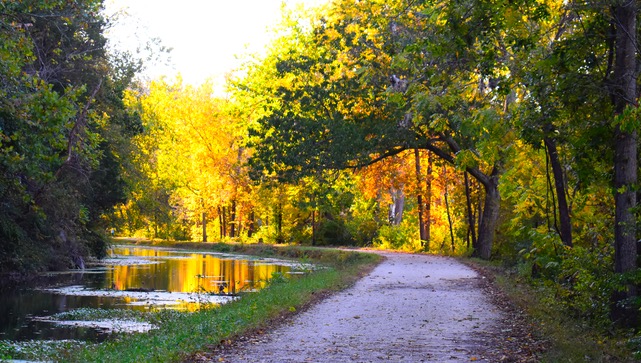
Celebrate your love for the C&O Canal by sharing your personal story about the Park. Each story will take a look at a person’s relationship with the C&O Canal. Whether […]
Fall Festivals Along the Canal
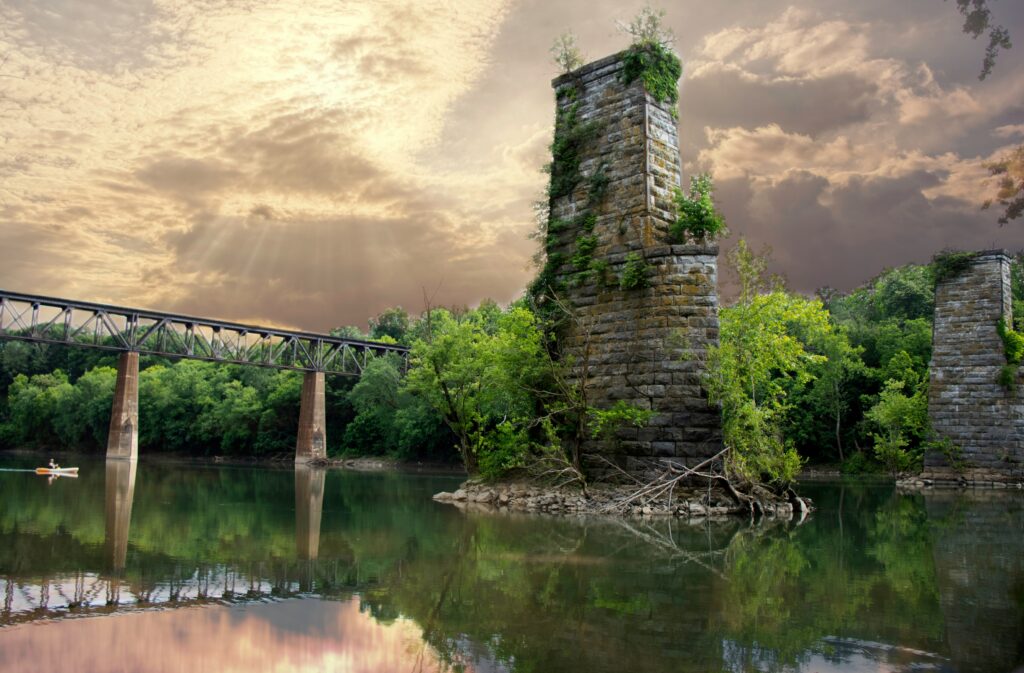
It’s almost time for another beautiful fall along the C&O Canal! As we look towards cooler weather, crisp apples, and stunning foliage, Canal Towns prepare to host vibrant festivals showcasing […]
Culverts: A System of Support
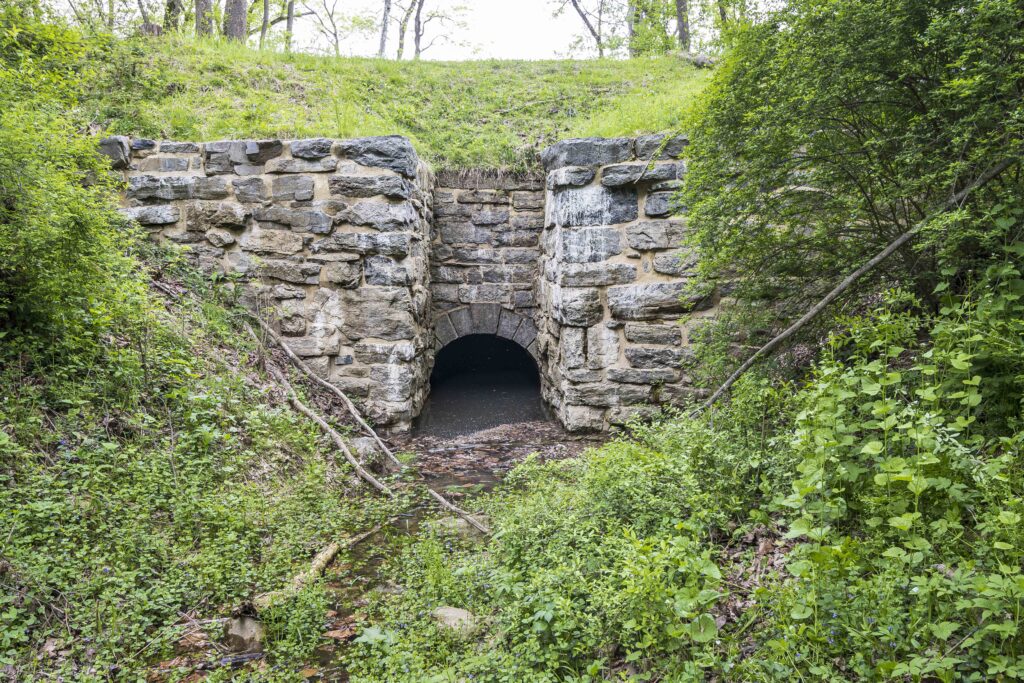
Underlying the 184.5-mile C&O Canal’s towpath, more than 200 culverts were built to pass smaller creeks and streams under the canal and into the Potomac River. These engineering marvels may […]
Trust Helps Celebrate the Completion of the Log Wall Stabilization Project
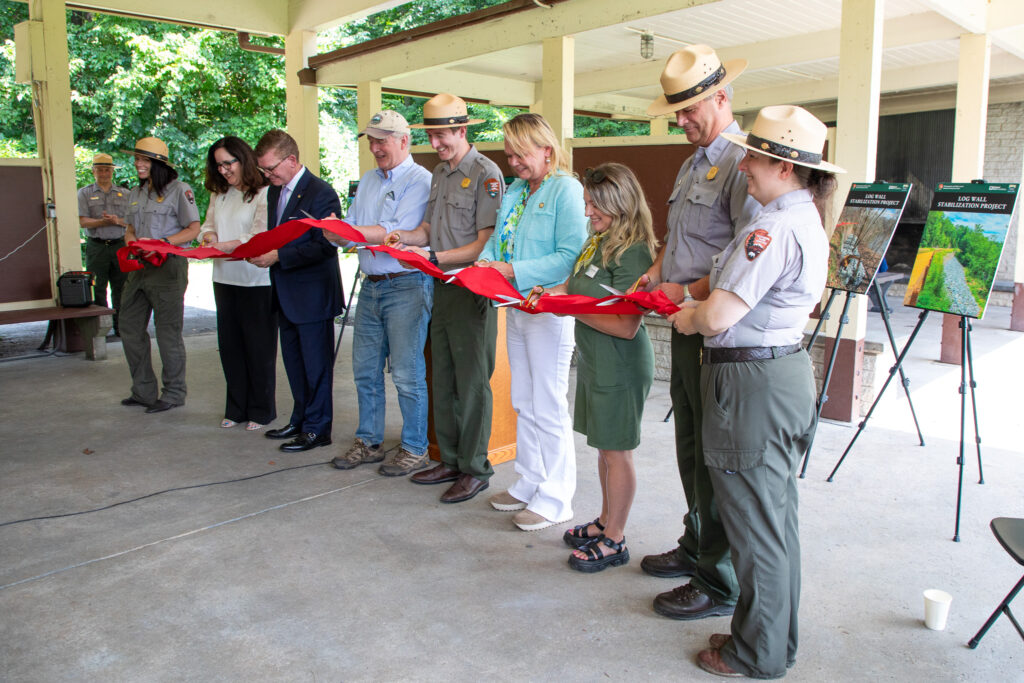
July 11, 2025, marked the celebration of the completion of the Log Wall, a historic drylaid stone wall, stabilization near the Carderock Recreation Area. This major $11.4M infrastructure project was […]
Celebrating National Water Quality Month
As summer heats up, our canal community frequents the Potomac River to cool off and make the most of long, sunny days. Flowing through diverse landscapes and ecosystems, the Potomac [...]Restoring the Gold Mine Forest
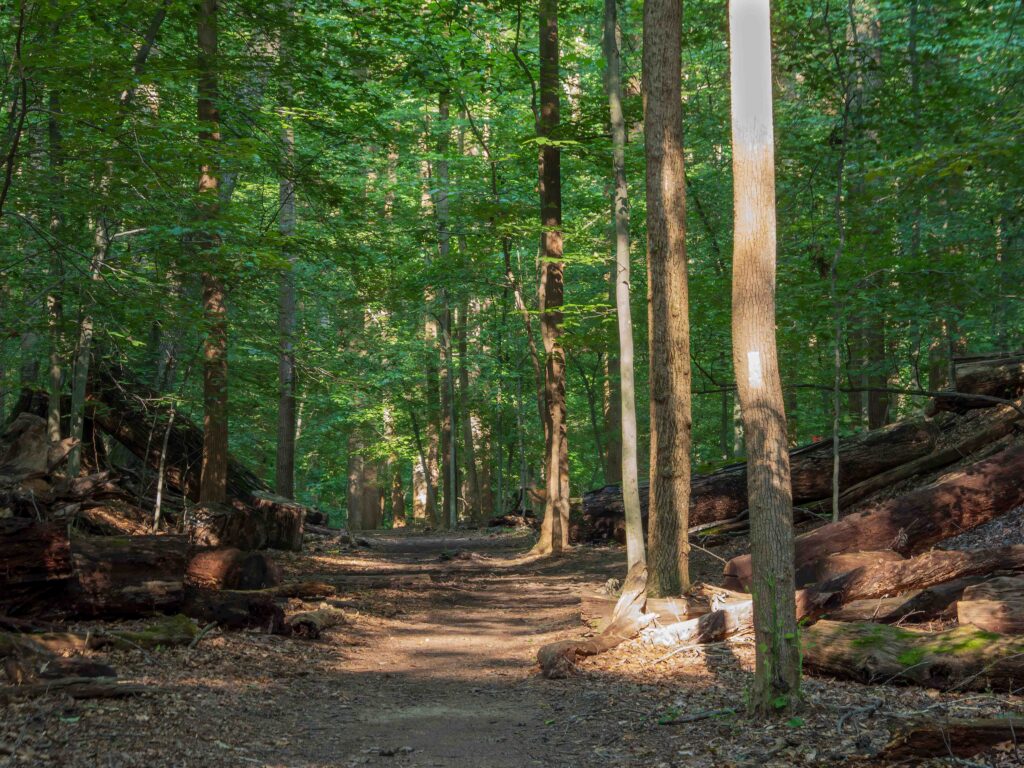
As the largest intact Piedmont forest in Maryland, the Gold Mine Tract in the C&O Canal National Historical Park holds special significance for park visitors and regional conservationists. Situated in […]
Shaping the Future Through Canal Classrooms
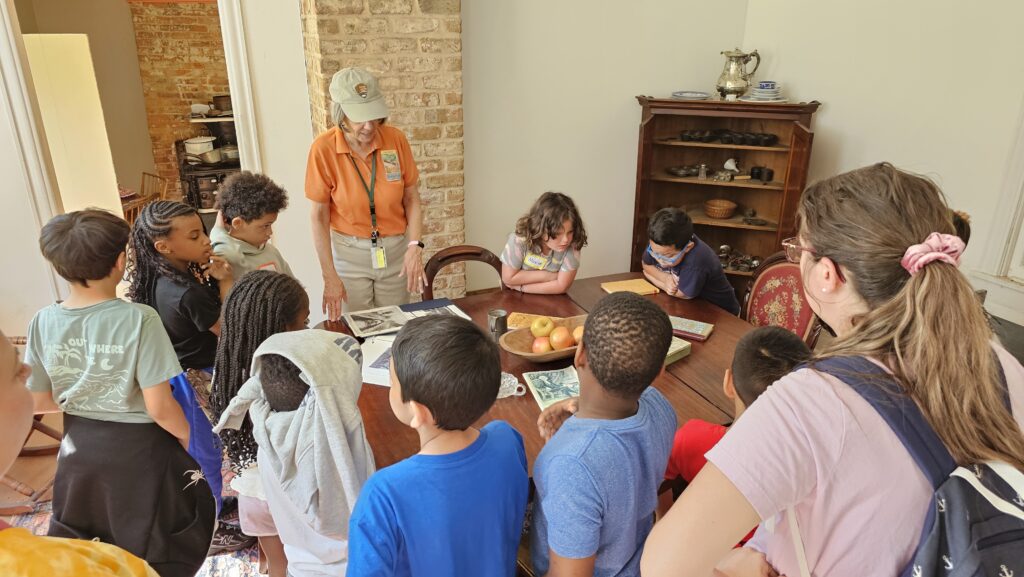
On Wednesday mornings, Eddie Rivas wakes up early, putting on his uniform — tan pants and a bright orange polo shirt. He grabs his hat, backpack, and lunch, and is […]
Make a Difference this Plastic Free July
What do water bottles, bike parts, snack wrappers, and plastic bags have in common? They all frequently end up as trash in the C&O Canal! To date, the Trust has [...]Invasive Species Removal at Great Falls Tavern
Please enable JavaScript in your browser to complete this form.First Name *Last Name *Address *Address Line 1Address Line 2City--- Select state ---AlabamaAlaskaArizonaArkansasCaliforniaColoradoConnecticutDelawareDistrict of ColumbiaFloridaGeorgiaHawaiiIdahoIllinoisIndianaIowaKansasKentuckyLouisianaMaineMarylandMassachusettsMichiganMinnesotaMississippiMissouriMontanaNebraskaNevadaNew HampshireNew JerseyNew MexicoNew YorkNorth CarolinaNorth DakotaOhioOklahomaOregonPennsylvaniaRhode [...]How to Build a Canal: Engineering in the park
Photo provided by National Park Service Building a 184.5 mile canal doesn’t just happen in a day; it requires meticulous planning. Engineers played an essential role in designing, planning, and [...]Celebrate National Camping Month!
Every June, the banks of the Potomac River come alive with chatter and life as the days warm and lengthen towards summer. Attracted by the cool water and abundant foliage, [...]Williamsport Canal Community Days 2025
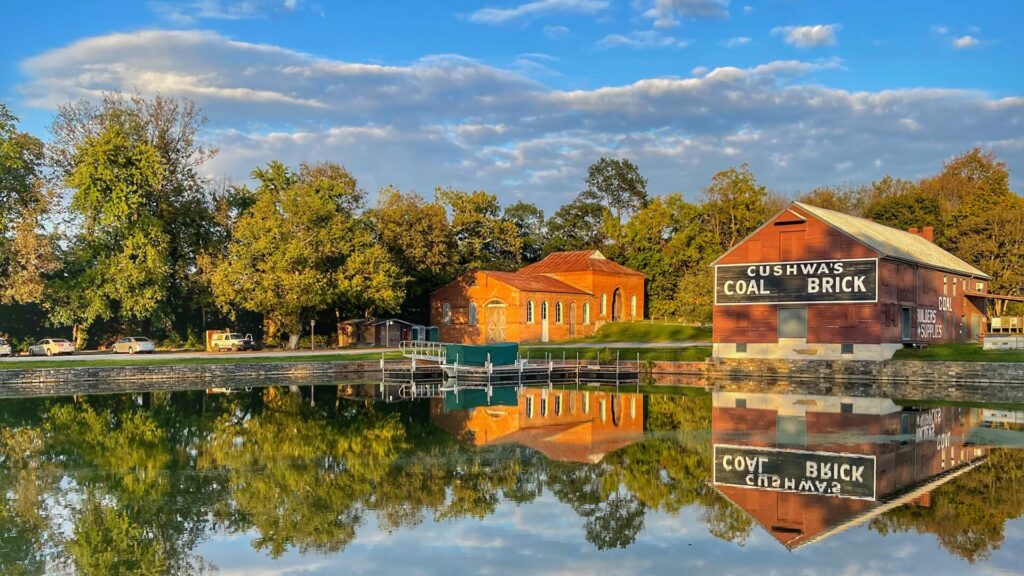
Situated at the meeting point of the Potomac River and Conococheague Creek, Williamsport holds a significant place in American and C&O Canal history. Before it was a Canal Town, Williamsport […]
A Story of Continued Resilience

The C&O Canal is a testament to American ingenuity and commitment, withstanding flooding, heavy visitor usage, and the test of time. To keep the park safe, beautiful, and welcoming, it […]
